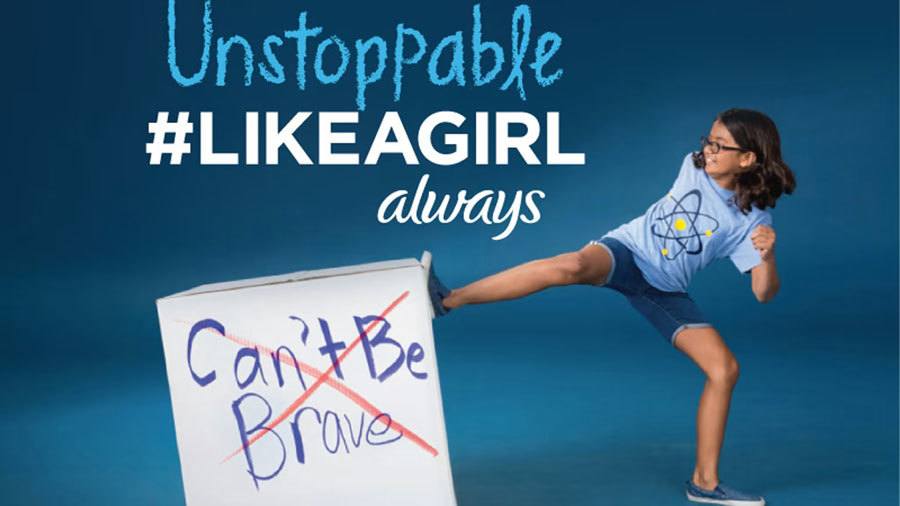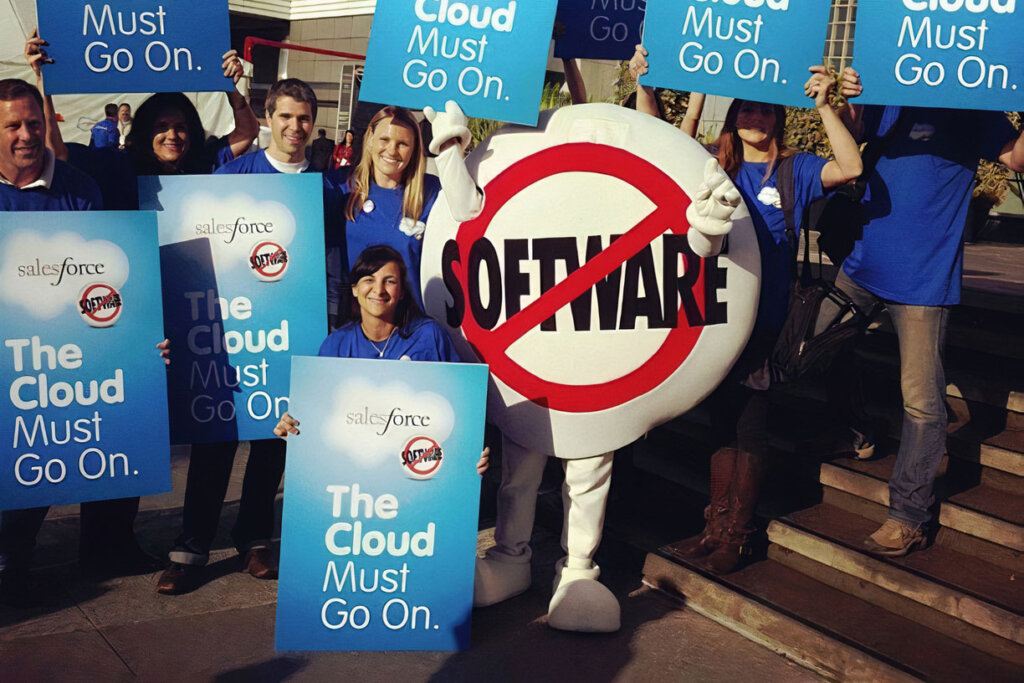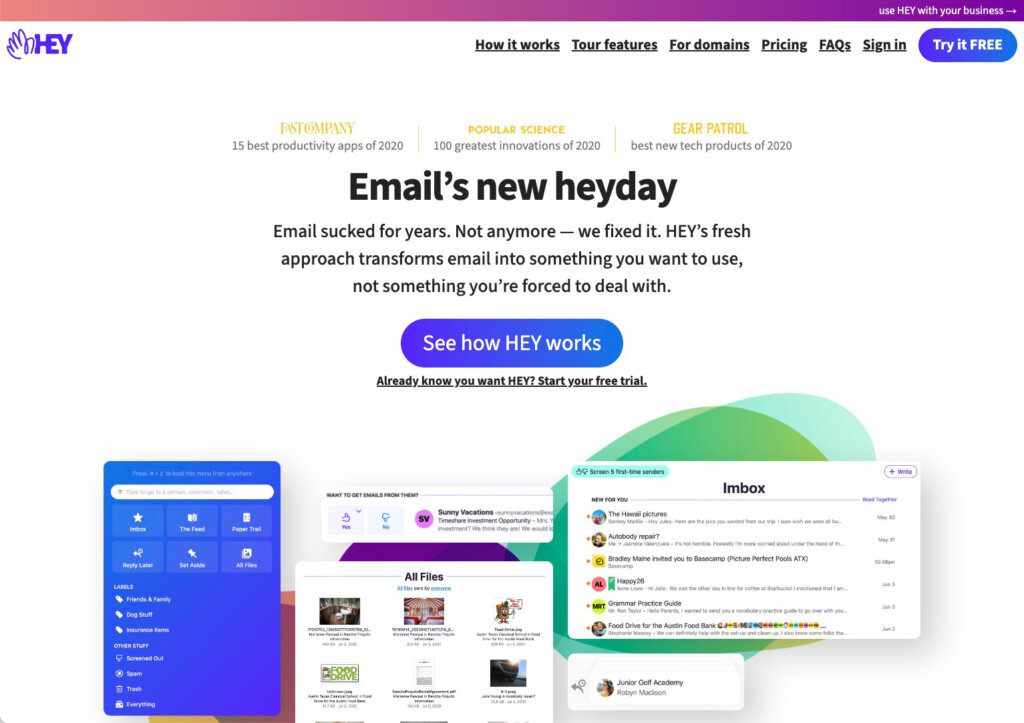Some of the most successful advertising campaigns of all time in the B2C space have pushed the boundaries of what is safe or mainstream. Whether they loved or hated it, there wouldn’t be many people out there who aren’t familiar with Nike’s “Believe in Something” ad. It featured controversial NFL player Colin Kaepernick, who had been hitting the headlines for refusing to stand for the National Anthem to protest racial injustice.
When executed well, it sticks in people’s heads and creates a whole lot of conversation. Think the #LikeAGirl campaign from Always, Gillette’s #TheBestMenCanBe and when KFC turned a chicken shortage into a swing of positive sentiment with their KFC FCK campaign.

When executed poorly, a controversial approach can seriously damage sales, not to mention your brand. Like using kids to promote S&M-inspired accessories. Or when Bloomingdale used the tagline “Spike your best friend’s eggnog when they’re not looking,” and Dove’s Real Beauty campaign that showed a black woman removing her t-shirt to become a white woman (nope, not even joking – someone signed off that creative).
But what about B2B – do businesses need to play it safe, or can they come in swinging like Miley Cyrus on a proverbial wrecking ball?
Tipping your toe into the provocative waters
In my experience, big B2B enterprises tend to err on the side of caution. Of course, like any rule, there are exceptions, but overall, edgy campaigns are more common in start-up land or SMB, where risk-taking is inbuilt into their DNA, and there is less decision-by-committee.
If your brand voice lends itself to a cheeky take on things and you are keen to experiment, one safe option to explore is within email subject lines. We all get a deluge of emails daily, so an eye-catching subject line can work wonders for your open rates. Some examples;
- Your new office romance – you might be talking about a new software product, but the titillating wording alludes to something readers want to know more about
- Overcoming the [insert brand name] curse – while many companies shy away from using negative language in conjunction with their brand name, by acknowledging the challenges associated with a product or service and demonstrating how to turn it around and make it work for you, you gain your audience’s trust and respect
- Digital advertising doesn’t work – controversial statements draw the audience in to find out more
- You aren’t invited – here, the unexpected prompts curiousity
If you get a good response, you might start looking at a more provocative campaign tagline. My son’s school has a policy that I feel applies here. Ask yourself, will this hurt me? Will it hurt others? Will it hurt nature?
The general idea is to stop and sense-check the idea to make sure you aren’t putting down another company’s business, being sexist, racist, agist, or generally offensive in a way that is likely to hurt your business. This step is also where knowing your customers is vital.
Bold B2B campaign examples
A couple of examples come to mind where B2B companies have pulled it off with aplomb. However, I could think of far fewer in the B2B space than in the B2C space (and I would love to hear more that come to mind for you).

Salesforce – The End of Software campaign
Salesforce, as a company, was established around the belief that enterprise software is no longer relevant, with Software as a Service taking over as the best option for businesses. So when they launched in Feb 2000, they drew a lot of attention with their "The End of Software” campaign. It was designed to catch people’s eye in a competitive market and draw them in to discover more. They went all out, too, staging a mock protest and gaining loads of publicity.
Of course, one isolated campaign wouldn’t win them market share, but it got them noticed. Plus, it aligned with their brand voice; honest, fun, friendly, plainspoken and light-hearted.

Hey – Email sucked for years. Not anymore – we fixed it
The second campaign that comes to mind takes a similar approach – Hey made a bold statement about fixing email. It worked so well because they positioned themselves apart in a crowded market, and rather than attacking their competitors, they spoke directly to consumer frustrations around email privacy and tracking. Their product genuinely IS different from the others, and they took a bold approach to shout it to the rooftops.
As always, all your communication should align with your brand. So, if your brand is conservative, safe and subdued, a provocative tagline might not be for you. Even here at One Little Seed, our HR person vetoed us publishing a job ad highlighting our “no dickheads policy.” But if your brand voice allows it, a little provocative edge can go a long way when well-executed. Just steer clear of combining kids with chains and collars.
